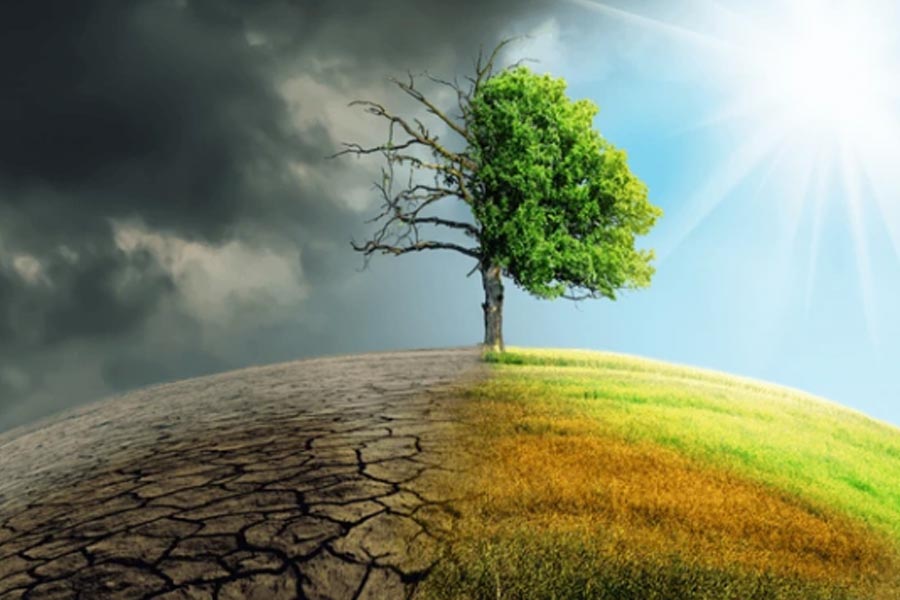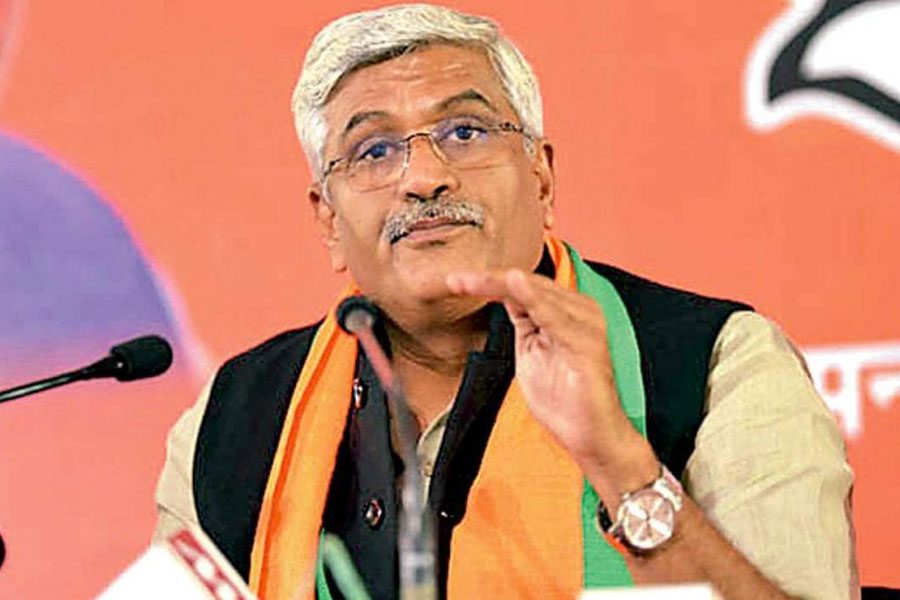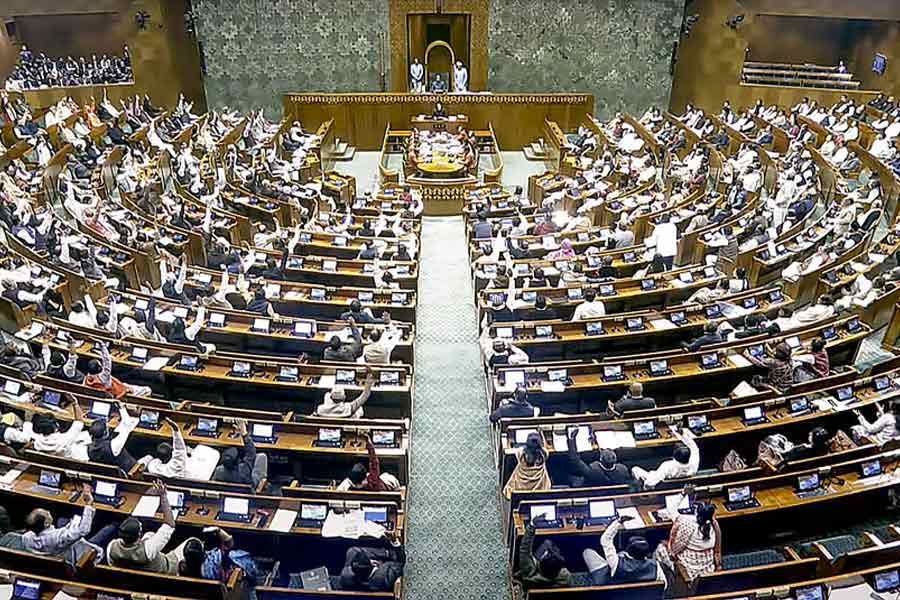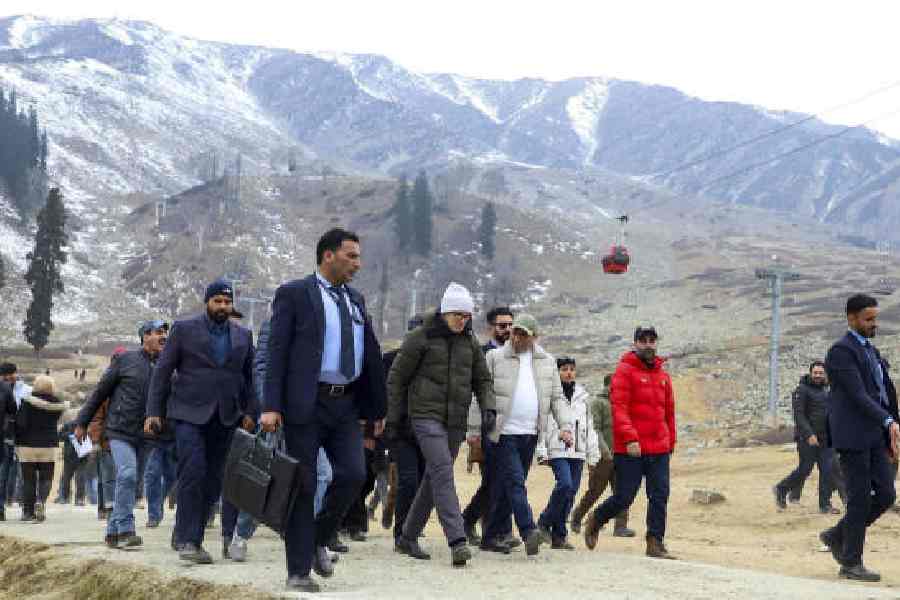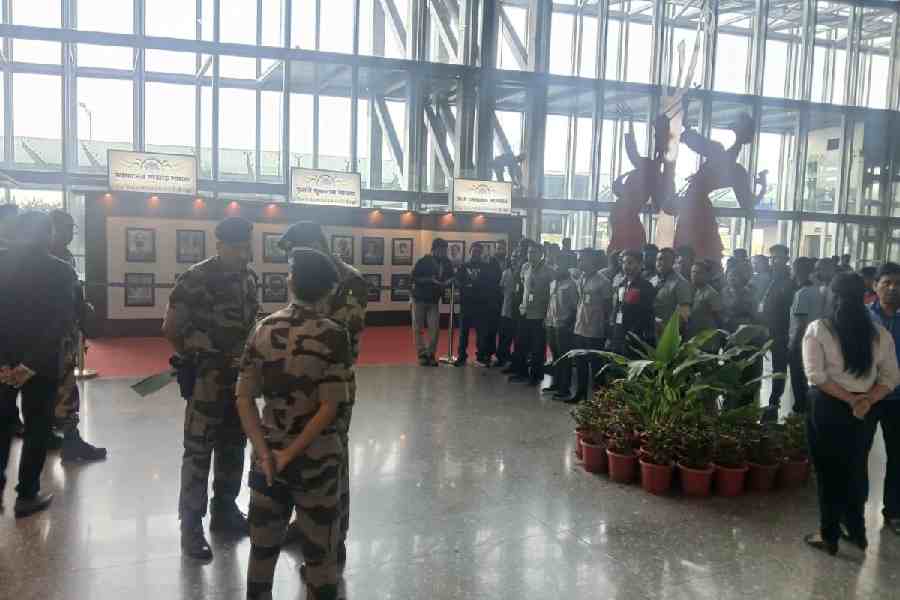With 27 of its 36 states and Union territories vulnerable to recurrent natural hazards, including floods, droughts, cyclones, landslides, and earthquakes, India is among the most disaster-prone countries in the world. The frequency and the severity of disasters have only been compounded by climate change and environmental degradation. In 2024-25, as per government data, hydro-meteorological disasters alone claimed nearly 3,000 lives, destroyed 3.47 lakh houses, and damaged 10.23 lakh hectares of crop.
In December 2024, the Lok Sabha passed amendments to the Disaster Management Act of 2005 to strengthen the functioning of disaster management authorities at local levels. While the amended Act has made strides, it has still left much to be desired.
With its vast network of rivers and distinct topography, Assam is one of India’s most disaster-prone states. This led us to work on two pieces of private member legislation in the 17th Lok Sabha: firstly, for the protection and the rehabilitation of communities displaced by climate change and, secondly, for gender-mainstreaming of disaster management. These two ideas emerged from what was lacking in our disaster management frameworks. Drawing from this work, we identified two key gaps that have persisted: i) the failure to recognise the role of climate change in exacerbating disasters and integrating climate action into disaster management; ii) the oversight of differential/varying vulnerability of various groups to disasters.
With climate change intensifying disaster risk, there is a critical need to integrate climate adaptation strategies into disaster management plans. Effective integration will require disaster frameworks to account for the role of climate change and widen the ambit of notified disasters to better grapple with climate-induced hazards like heatwaves and slow-onset erosion (both riverine and coastal) in terms of adequate funding and response mechanisms. In Assam, for instance, erratic flooding has exacerbated riverine erosion leading to loss of land and livelihood, leaving many communities without any provision for relief or rehabilitation.
Disasters are complex events that disrupt communities and challenge the
resilience of societies. While disasters affect all, they often do so disproportionately. For instance, research has consistently shown that women in India, as in other developing countries, are more vulnerable to flooding, with higher rates of mortality and lesser access to relief measures.
The roots of such disparity lie in limited access to resources to cope and adapt as well as systemic exclusion from decision-making processes. For instance, floods across India disrupt water and sanitation systems, exposing women and girls to critical health and safety hazards. Similarly, informal settlements house nearly a third of India’s urban population, but their residents disproportionately face the brunt of extreme heat and flooding because of their exclusion from the formal planning processes.
Growing socio-economic inequalities amidst escalating impacts of climate change calls for placing people at the heart of disaster resilience efforts. This involves recognising differential vulnerabilities, involving vulnerable communities in disaster management decision-making processes, conducting vulnerability assessments to identify specific risks, needs, and adaptive capacities, and implementing targeted measures to address these challenges effectively.
In 2015, India signed the Sendai Framework that calls for addressing climate change as "one of the drivers of disaster risk" and the need for its integration into disaster risk reduction agendas. It also emphasised the need for a class, gender, age, disability, and cultural lens into policies. Unfortunately, these two gaps remain in India’s disaster management framework.
Pradyut Bordoloi is a Member of Parliament (Lok Sabha, Assam). Evita Rodrigues is an Urban Governance researcher

